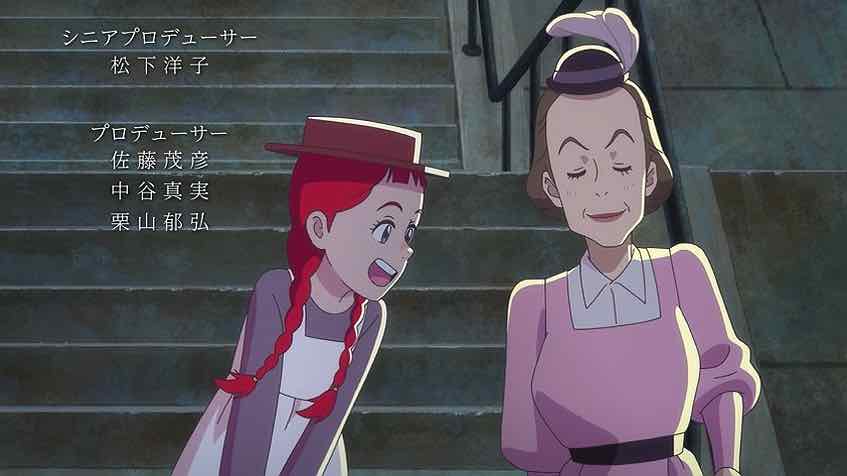 Here’s the thing about Anne of Green Gables. It’s been done. And when I say it’s been done, it’s been translated into 36 languages. The book has sold 50 million copies. It has numerous Japanese translations (Anne-taku like Princess Usagi bicker over which is the best) and at least two manga. And anime is no no exception. Anne got an adaptation as part of the revered World Masterpiece Theatre, possibly the most famous of any in the series. It ran for 50 episodes and was directed by no less that Takahata Isao. And there have been multiple other anime takes on the franchise, too.
Here’s the thing about Anne of Green Gables. It’s been done. And when I say it’s been done, it’s been translated into 36 languages. The book has sold 50 million copies. It has numerous Japanese translations (Anne-taku like Princess Usagi bicker over which is the best) and at least two manga. And anime is no no exception. Anne got an adaptation as part of the revered World Masterpiece Theatre, possibly the most famous of any in the series. It ran for 50 episodes and was directed by no less that Takahata Isao. And there have been multiple other anime takes on the franchise, too.
 Given all that, do we really need another Anne-ime in 2025? Well, I don’t see the harm in it. At least it’s not another isekai or CGDCT (though it does have that). It’s certainly a much-revered story, and you have to assume there are reasons for that. Somehow I’ve managed to almost entirely avoid any of the innumerable English and Japanese takes on the matter (including Takahata’s) so I go into Anne Shirley pretty much clean. By reputation this is one of those “children’s but loved by all ages” books, so the potential audience should be there.
Given all that, do we really need another Anne-ime in 2025? Well, I don’t see the harm in it. At least it’s not another isekai or CGDCT (though it does have that). It’s certainly a much-revered story, and you have to assume there are reasons for that. Somehow I’ve managed to almost entirely avoid any of the innumerable English and Japanese takes on the matter (including Takahata’s) so I go into Anne Shirley pretty much clean. By reputation this is one of those “children’s but loved by all ages” books, so the potential audience should be there.
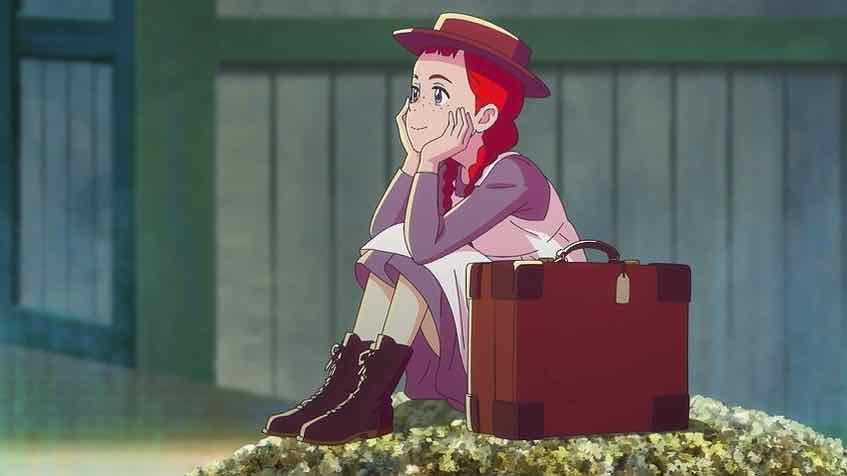 It’s hard to imagine a story that more obviously lends itself to the Ghibli aesthetic than this one – although Takahata in fact directed his version at Nippon Animation, as it was pre-Ghibli. As such it’s no shock that The Answer Studio have transparently gone for a Ghibli-lite vibe with their adaptation. The Answer Studio is not Studio Ghibli, that goes without saying. But they got an experienced director in Kawamata Hiroshi, and a seasoned composer in Oshima Michiru for the music. With its soft watercolor palette and and Peter Rabbit art style Anne Shirley is pleasing on the eye in an un-flashy sort of way.
It’s hard to imagine a story that more obviously lends itself to the Ghibli aesthetic than this one – although Takahata in fact directed his version at Nippon Animation, as it was pre-Ghibli. As such it’s no shock that The Answer Studio have transparently gone for a Ghibli-lite vibe with their adaptation. The Answer Studio is not Studio Ghibli, that goes without saying. But they got an experienced director in Kawamata Hiroshi, and a seasoned composer in Oshima Michiru for the music. With its soft watercolor palette and and Peter Rabbit art style Anne Shirley is pleasing on the eye in an un-flashy sort of way.
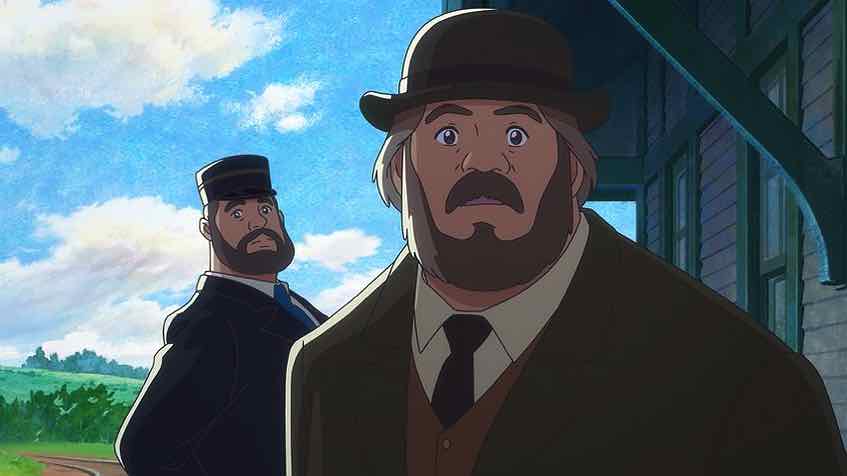 One reality is that I’m no doubt less than fully aware of all the ways Lucy Maud Montgomery’s book has influenced fiction in the last 100+ years. Anne is a pretty familiar archetype in anime – the genki girl who can’t shut up and heals the world with relentless positivity. There could be a bit of a “seen all this before” element to some of this series, but in truth Montgomery is probably somewhat responsible for that. Many tropes I see in the story are likely ones pioneered by Montgomery. And I have to say there is a level of authenticity to all this. As if it doesn’t have to try too hard to prove itself, because it’s the real deal.
One reality is that I’m no doubt less than fully aware of all the ways Lucy Maud Montgomery’s book has influenced fiction in the last 100+ years. Anne is a pretty familiar archetype in anime – the genki girl who can’t shut up and heals the world with relentless positivity. There could be a bit of a “seen all this before” element to some of this series, but in truth Montgomery is probably somewhat responsible for that. Many tropes I see in the story are likely ones pioneered by Montgomery. And I have to say there is a level of authenticity to all this. As if it doesn’t have to try too hard to prove itself, because it’s the real deal.
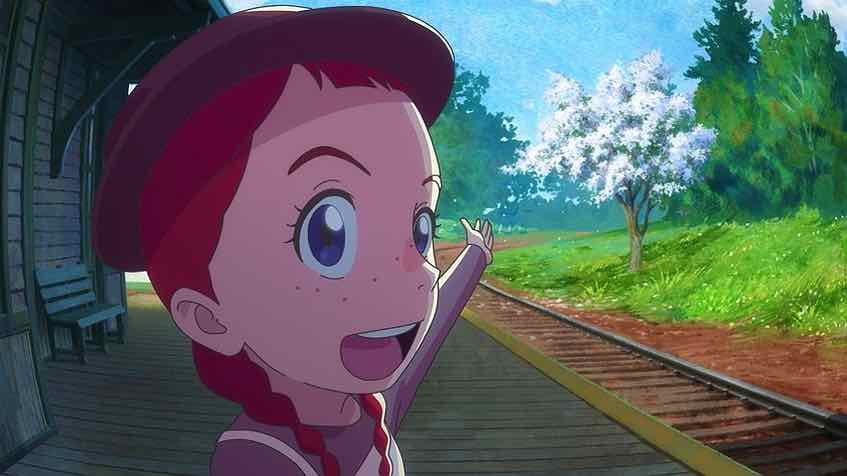 Anne is an orphan girl (not Little Orphan Annie though) in Prince Edward Island Canada, one of The Maritimes (along with New Brunswick and Nova Scotia). It’s a province that even now is sparsely populated, never mind in the 19th Century when this is set. She’s sent to the town of Avonlea, there to live with Matthew and Marilla Cuthbert. Funnily enough I assumed they were married but they’re in fact unmarried adult siblings, looking for some help on their farm Green Gables. The only problem is that they requested a boy, which Matthew is too kind-hearted to tell Anne on the long carriage ride home from the station.
Anne is an orphan girl (not Little Orphan Annie though) in Prince Edward Island Canada, one of The Maritimes (along with New Brunswick and Nova Scotia). It’s a province that even now is sparsely populated, never mind in the 19th Century when this is set. She’s sent to the town of Avonlea, there to live with Matthew and Marilla Cuthbert. Funnily enough I assumed they were married but they’re in fact unmarried adult siblings, looking for some help on their farm Green Gables. The only problem is that they requested a boy, which Matthew is too kind-hearted to tell Anne on the long carriage ride home from the station.
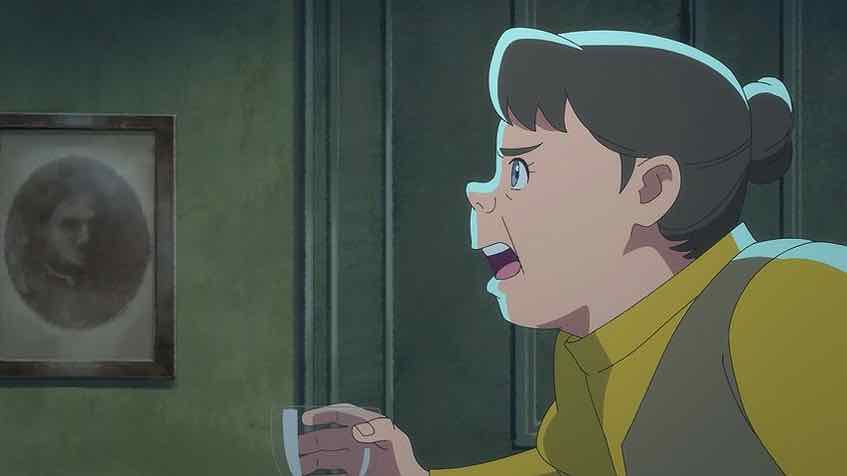 Anne is a veritable force of nature (I kept waiting for Matthew to exclaim “Pippi, are you crazy!?”) with an incredibly active imagination and love of big (and lots of) words. It’s fun to see the soft-spoken Matthew be totally perplexed by this odd child. Marilla is a much tougher nut to crack, and initially is determined to exchange Anne for a child with a Y-chromosome who’ll be some help around the farm (I suspect they’ll be surprised by what they have in Anne). But she too is worn down by Anne’s relentless oddity, and though the shrewish Mrs. Blewett is keen to take a girl in, Marilla in the end is too kind-hearted to hand Anne over.
Anne is a veritable force of nature (I kept waiting for Matthew to exclaim “Pippi, are you crazy!?”) with an incredibly active imagination and love of big (and lots of) words. It’s fun to see the soft-spoken Matthew be totally perplexed by this odd child. Marilla is a much tougher nut to crack, and initially is determined to exchange Anne for a child with a Y-chromosome who’ll be some help around the farm (I suspect they’ll be surprised by what they have in Anne). But she too is worn down by Anne’s relentless oddity, and though the shrewish Mrs. Blewett is keen to take a girl in, Marilla in the end is too kind-hearted to hand Anne over.
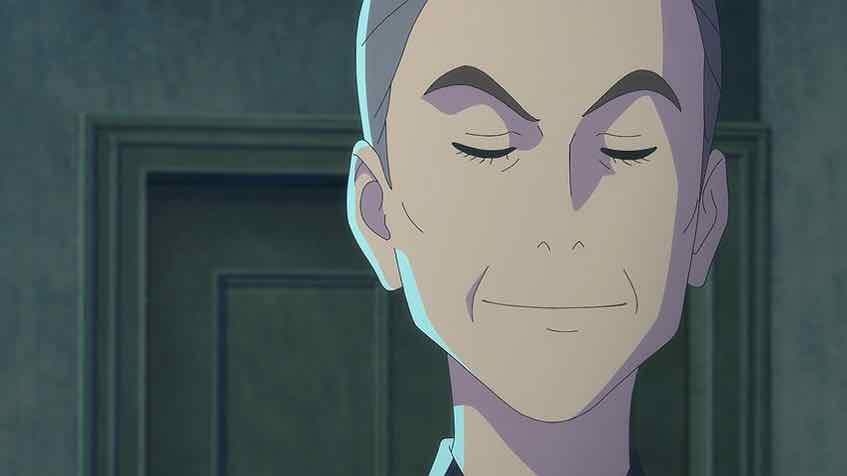 This is all quite charming, though Anne is – again – a lot to take. Over the coming weeks we’ll see Anne go to school, get a best friend, feud with a boy who’s secretly in love with her. All the tropes we’ve seen a hundred times or more, some of which the novel invented. Even having minimal experience with the story I feel as if I know exactly what to expect from Anne Shirley, which is both a positive and a negative. With 24 eps to work with Kawamata won’t be able to adapt the book at the leisurely pace Takahata did, but I imagine the series length will be manageable. Whether it needs to exist or not I think it’s fine that this reboot does – a fresh take on an evergreen original always has the potential to be interesting, and we know it’s got a real story to work with.
This is all quite charming, though Anne is – again – a lot to take. Over the coming weeks we’ll see Anne go to school, get a best friend, feud with a boy who’s secretly in love with her. All the tropes we’ve seen a hundred times or more, some of which the novel invented. Even having minimal experience with the story I feel as if I know exactly what to expect from Anne Shirley, which is both a positive and a negative. With 24 eps to work with Kawamata won’t be able to adapt the book at the leisurely pace Takahata did, but I imagine the series length will be manageable. Whether it needs to exist or not I think it’s fine that this reboot does – a fresh take on an evergreen original always has the potential to be interesting, and we know it’s got a real story to work with.


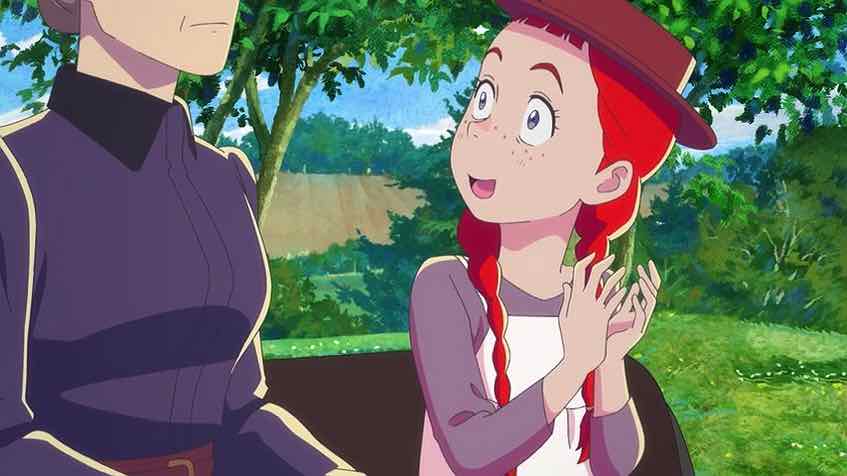
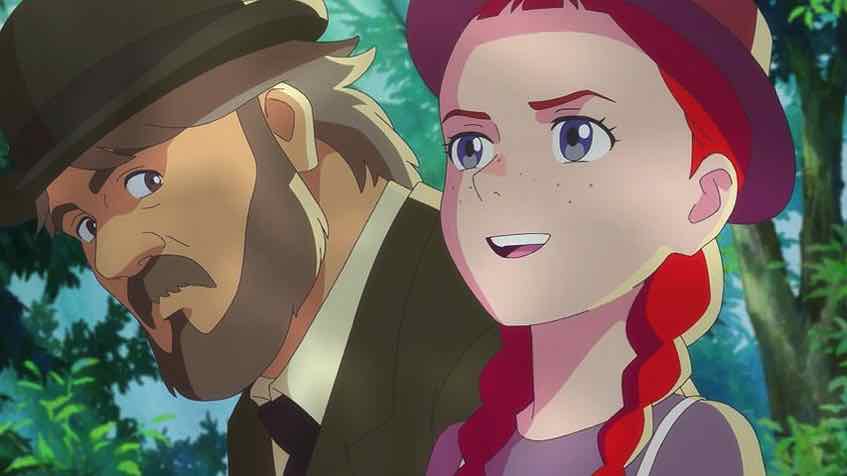

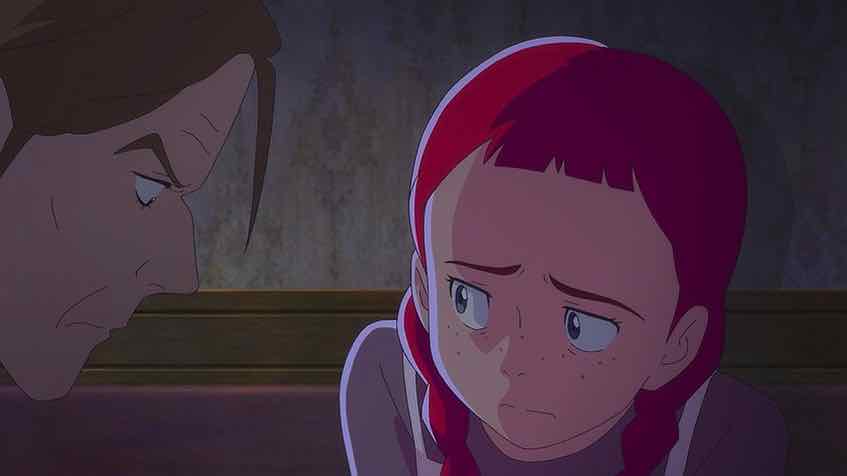
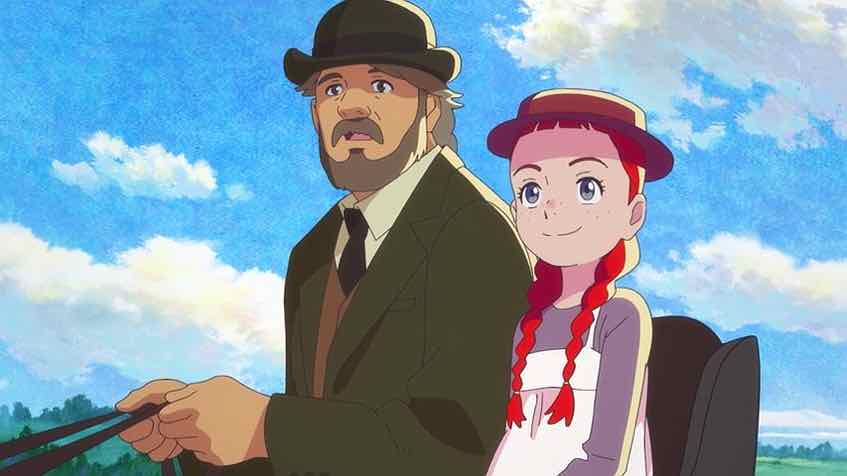
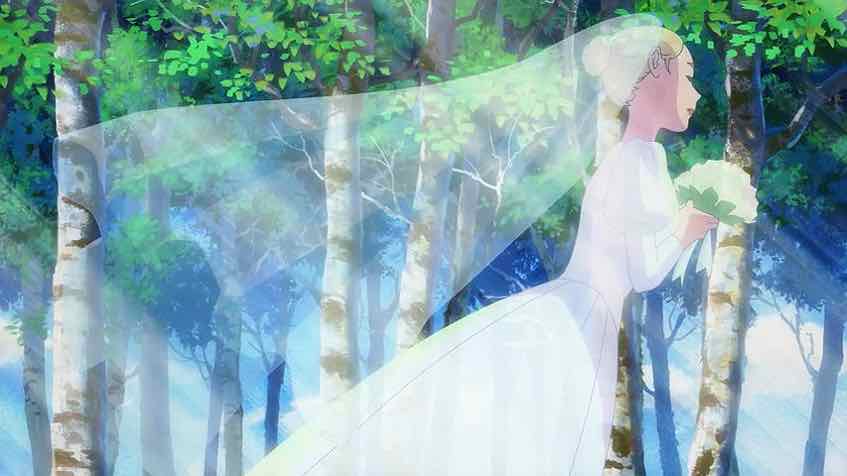
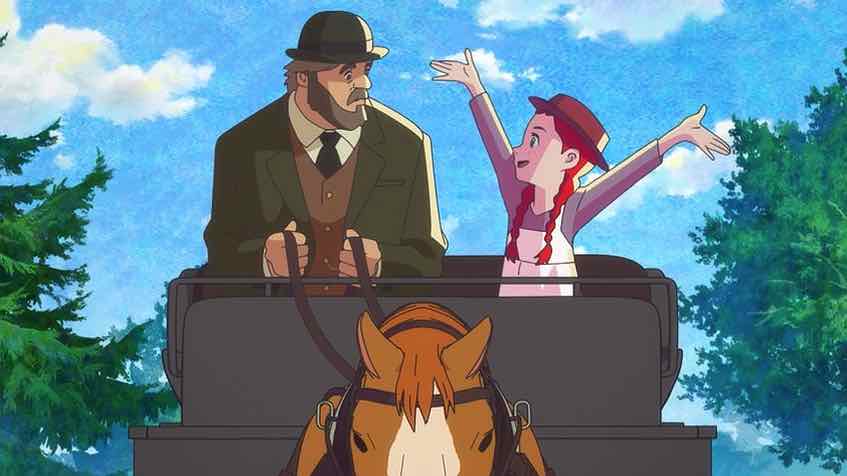
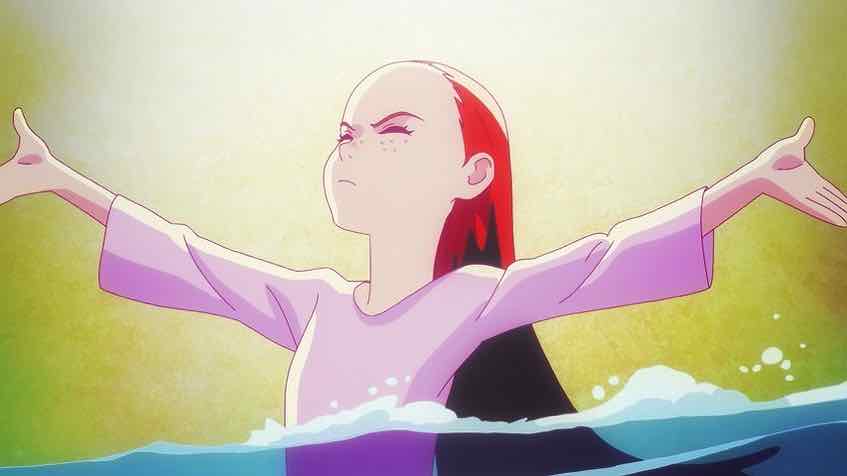
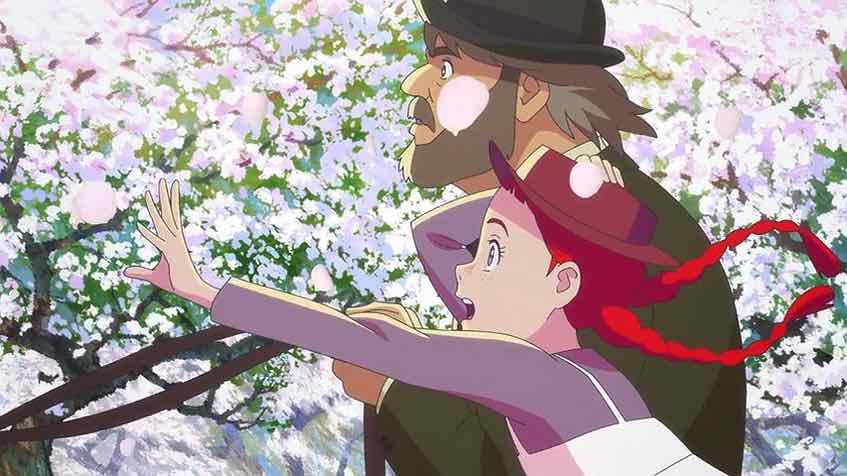
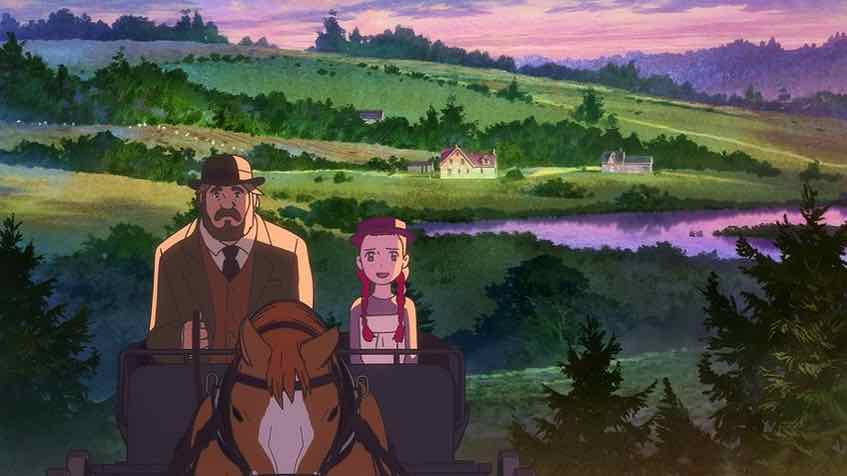
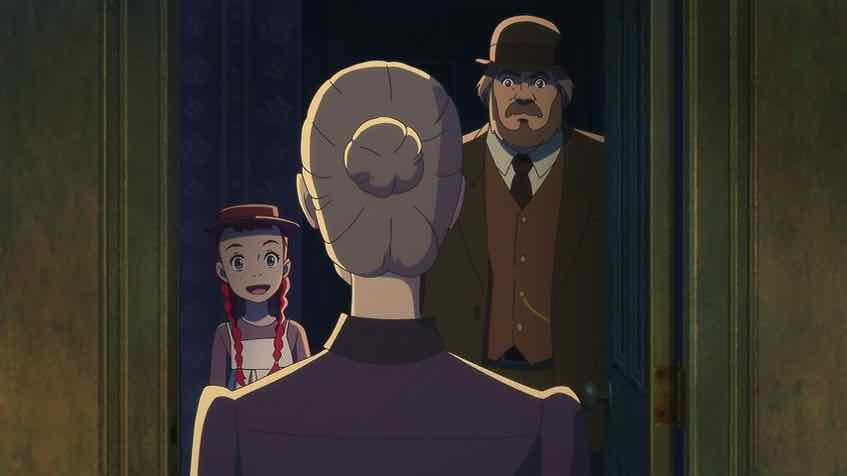


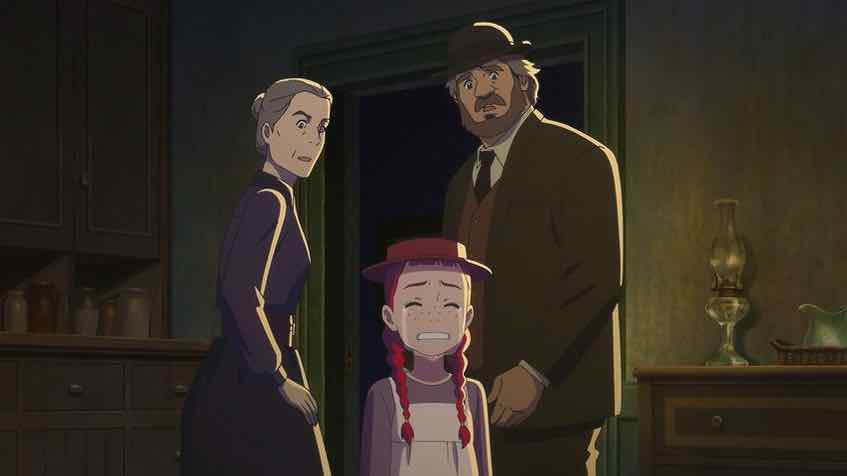
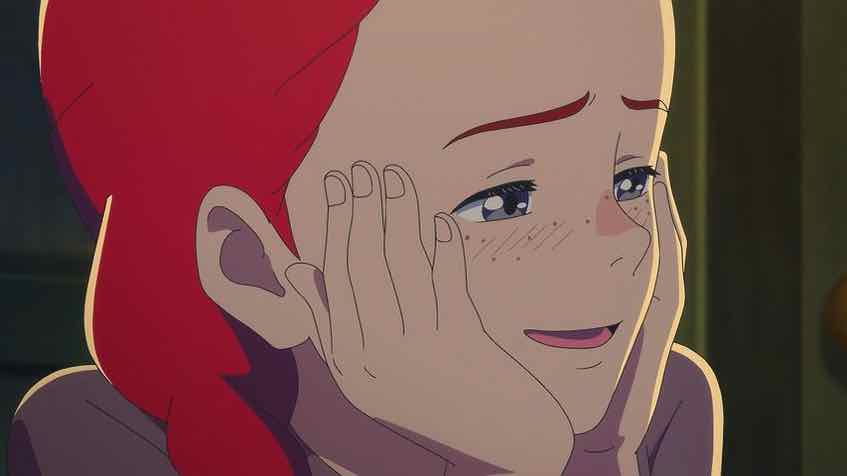
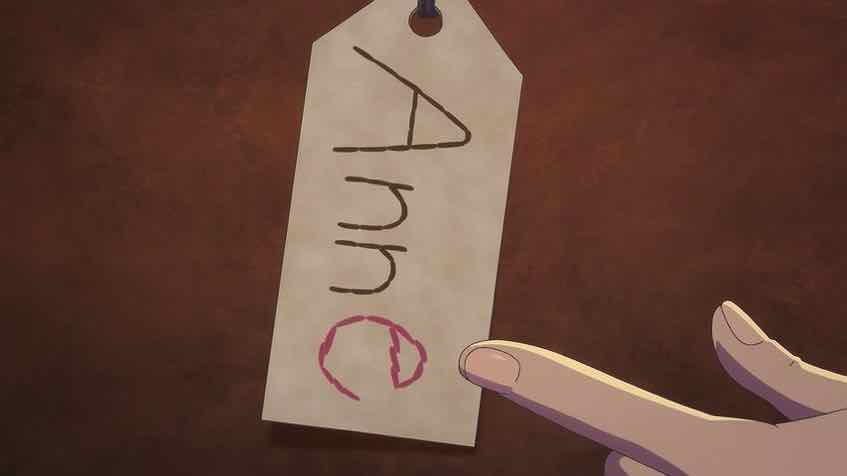
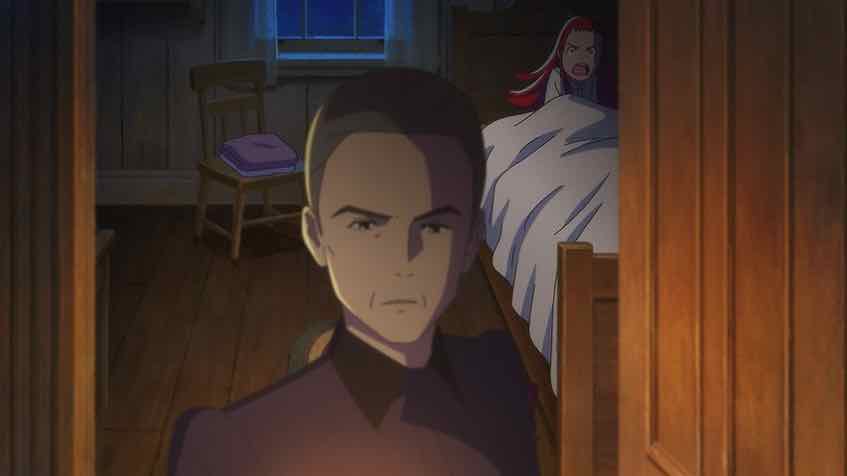
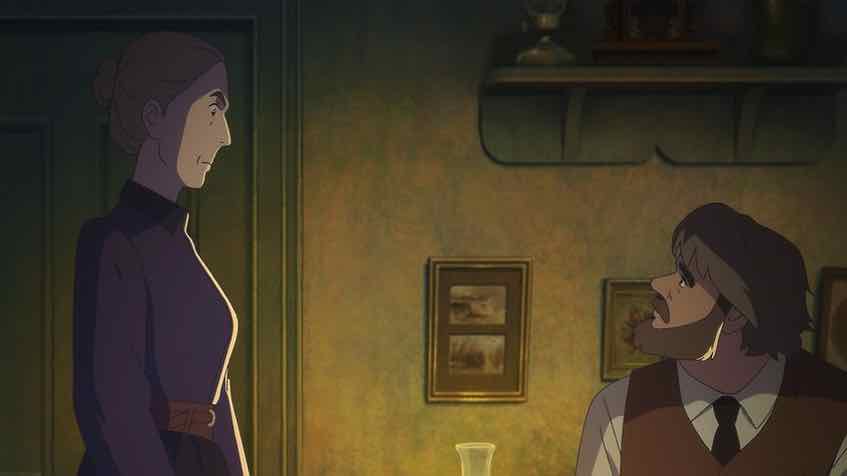
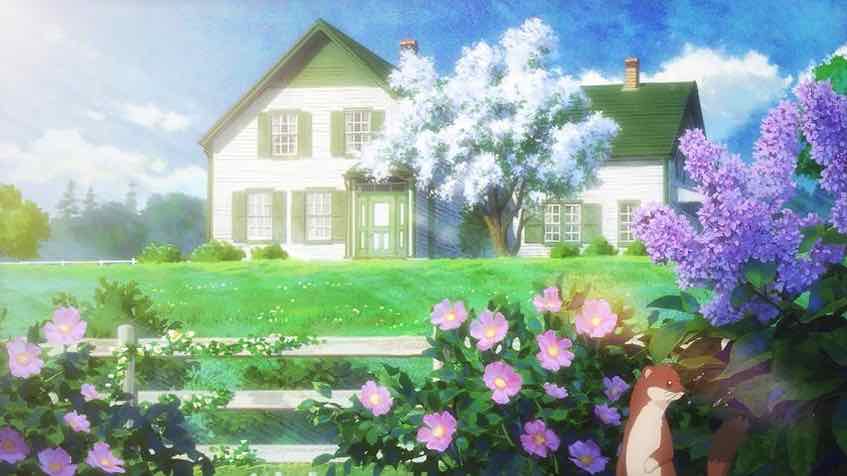

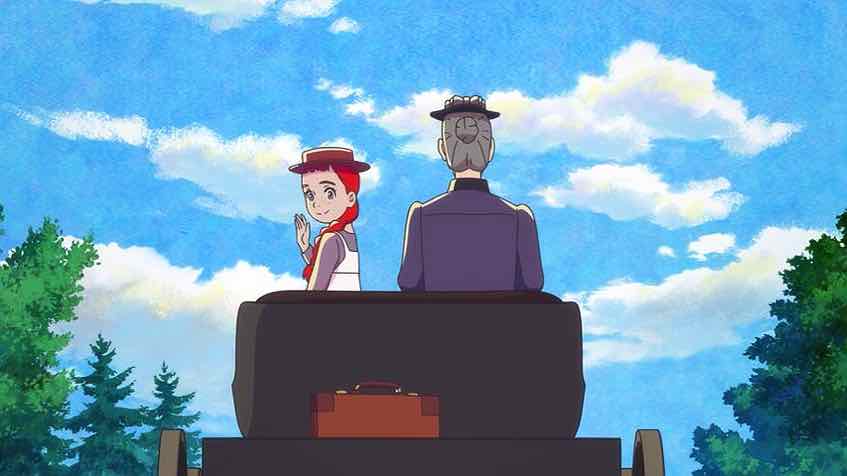
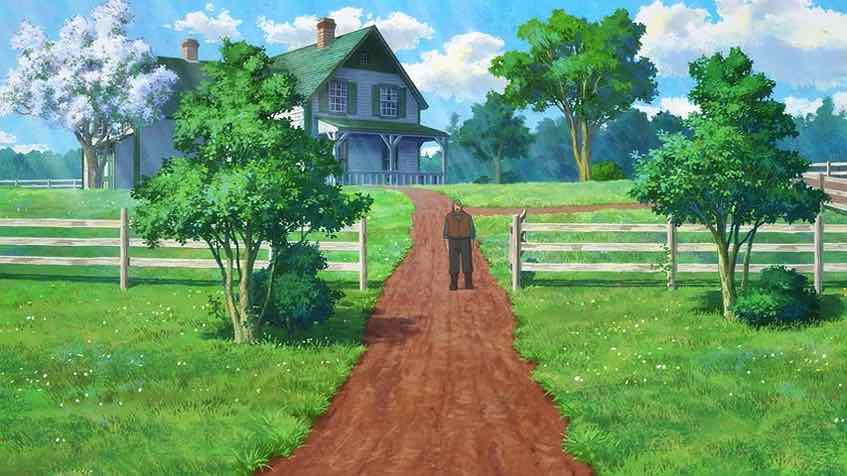

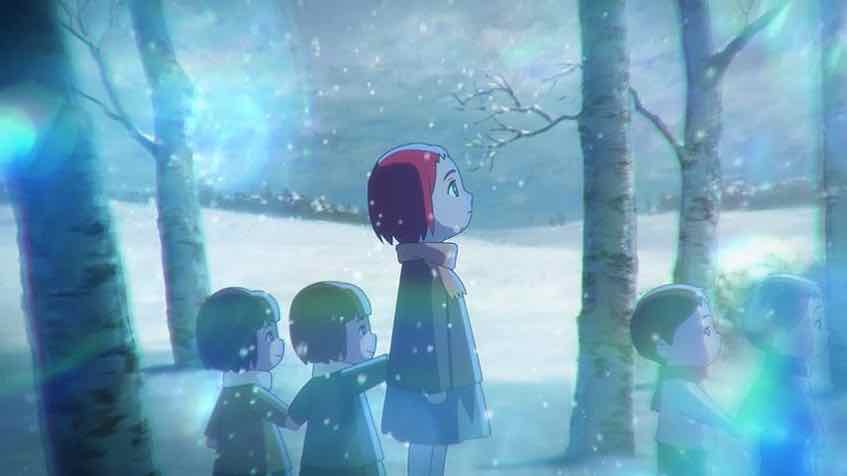
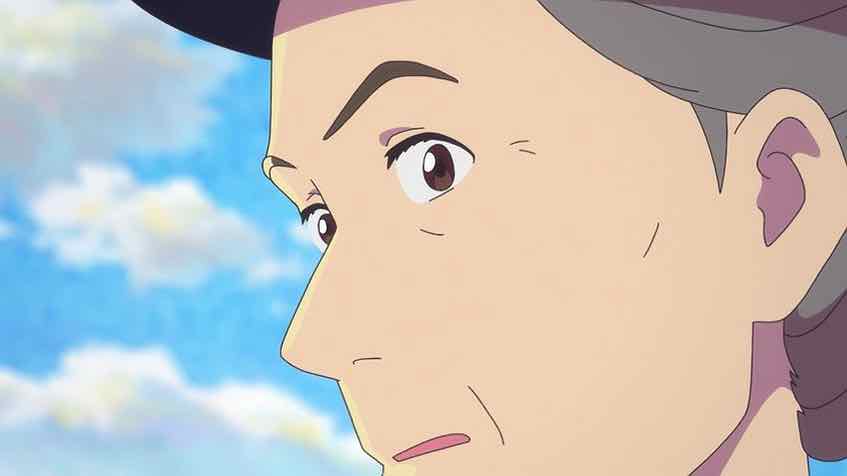

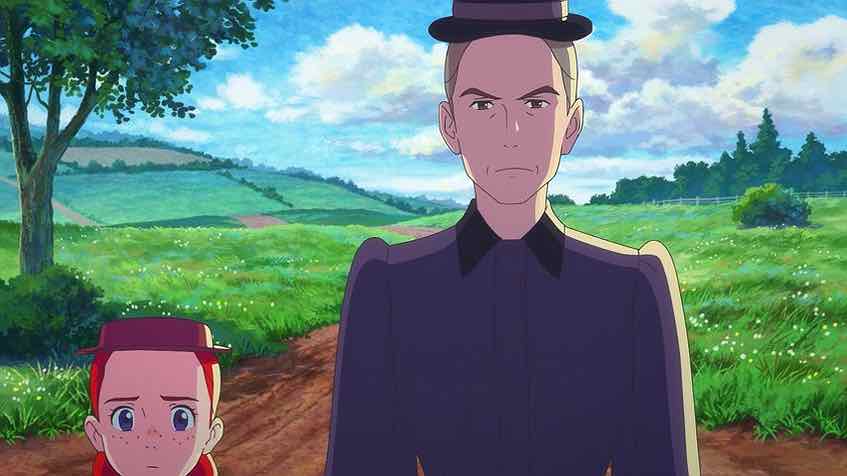
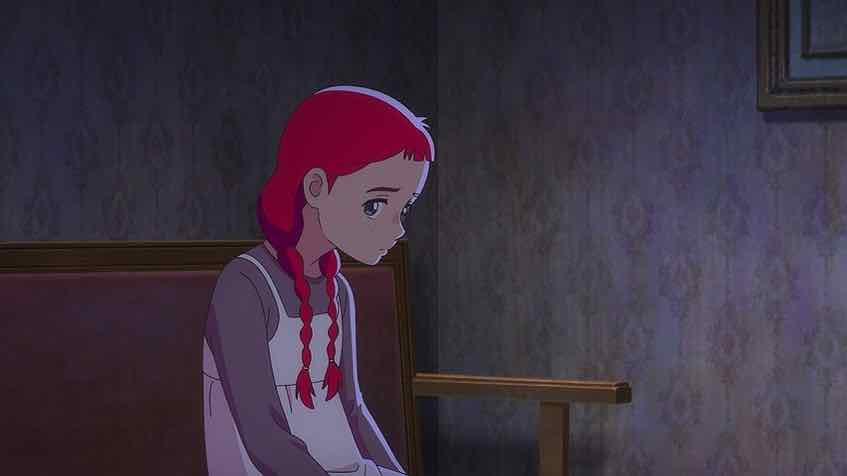
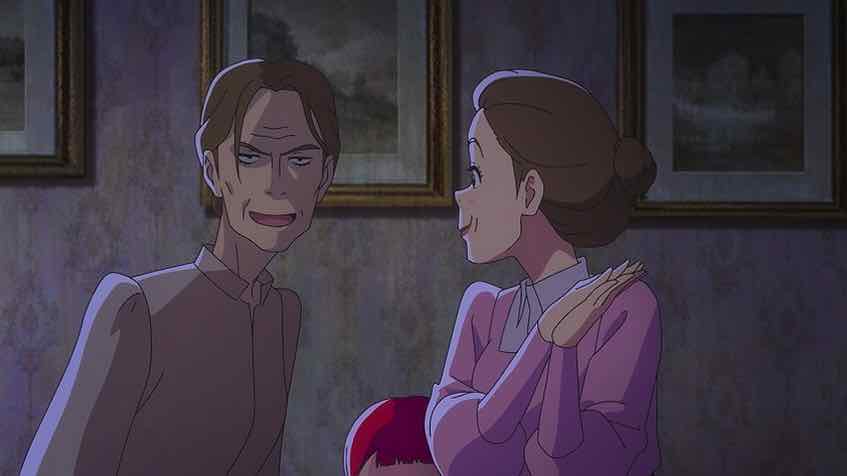
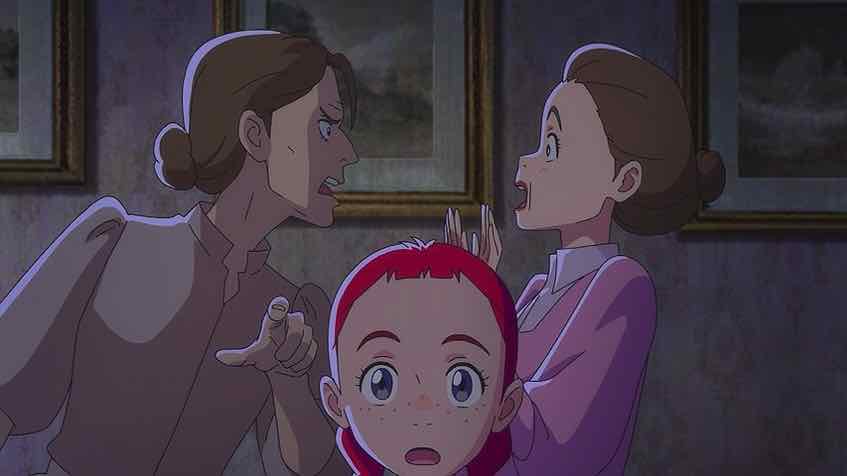
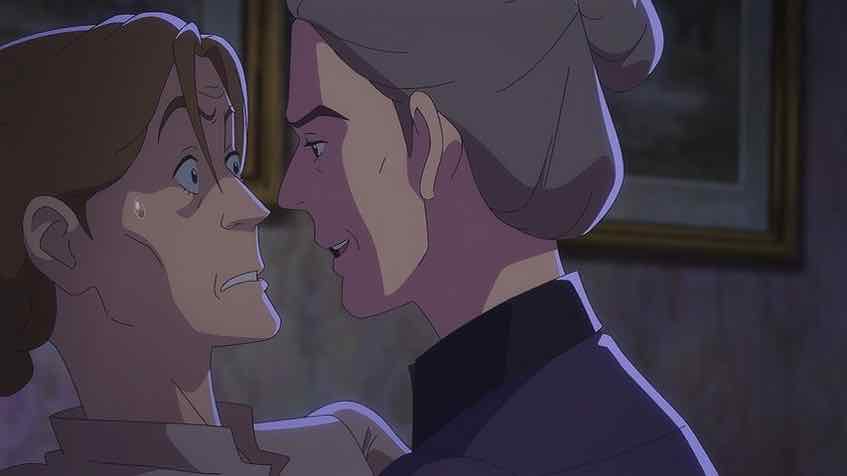
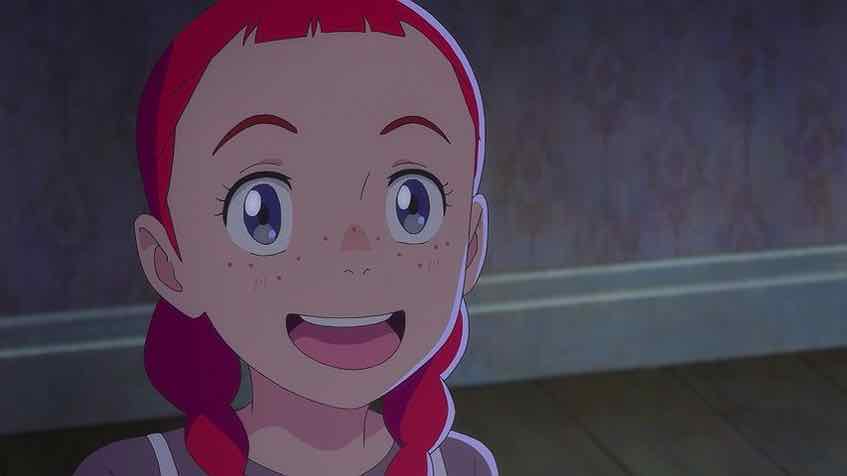
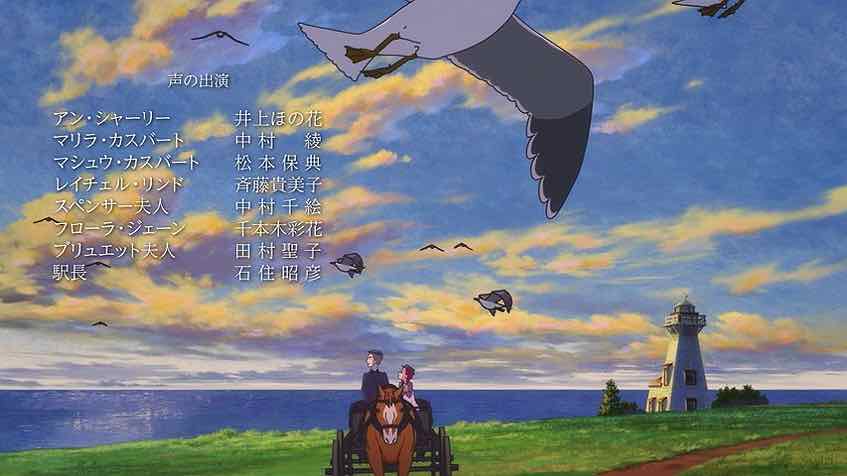
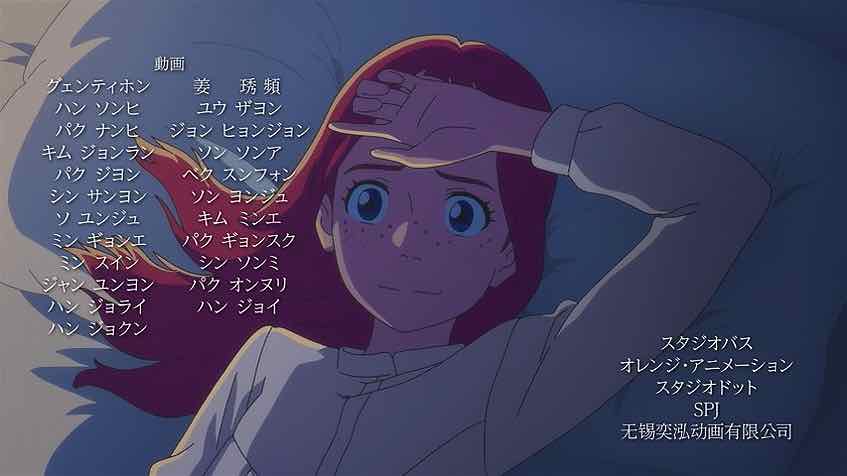
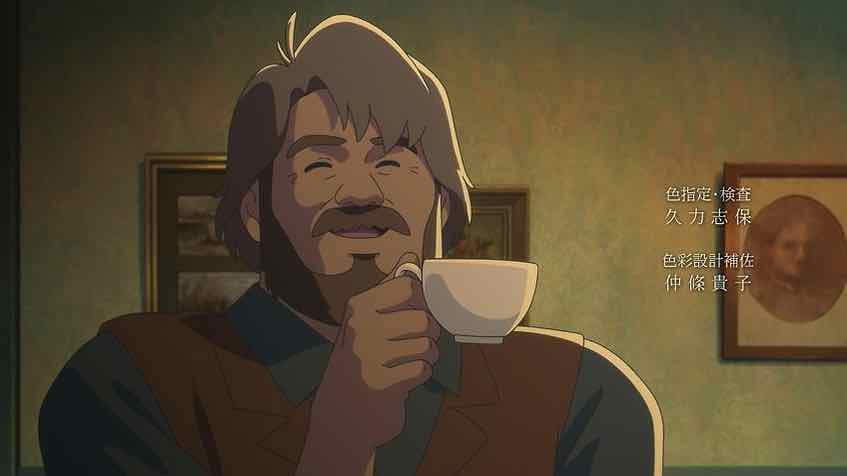
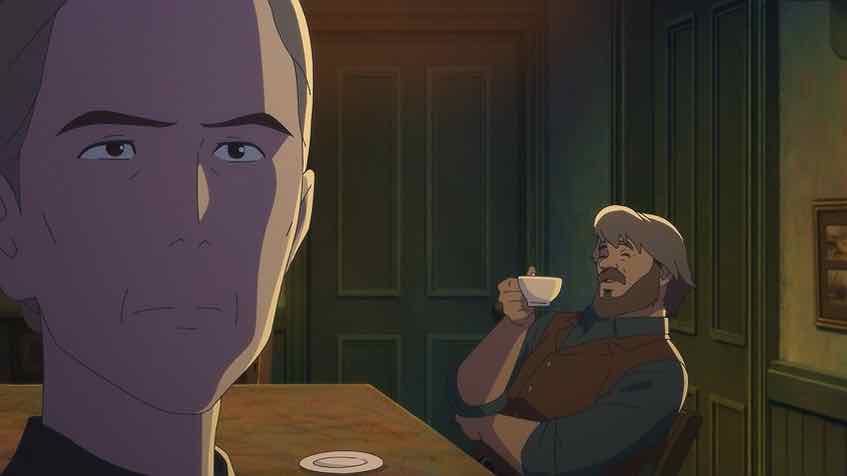
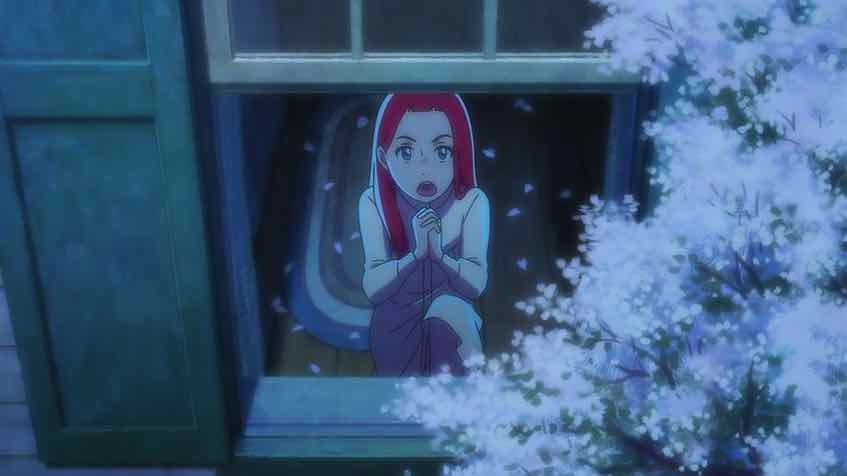
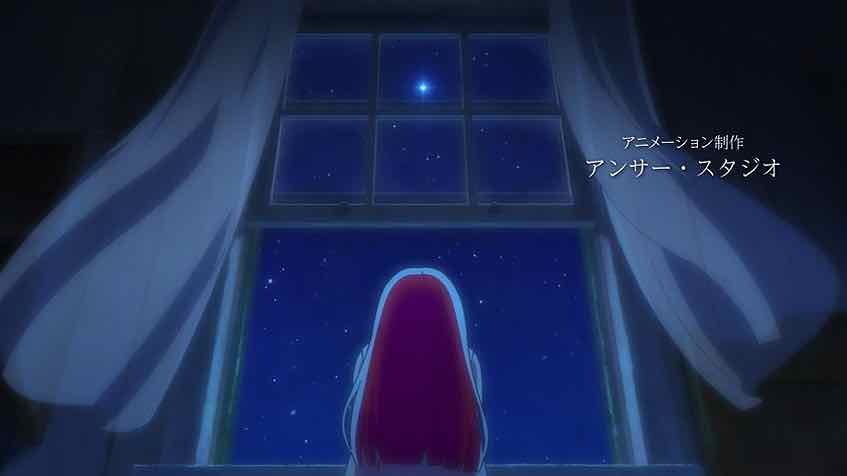
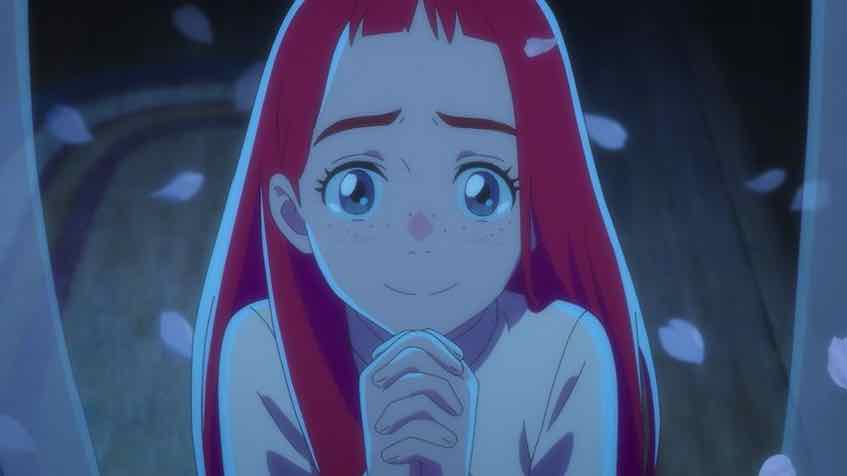
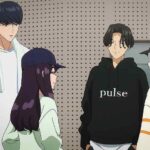

Lili
April 6, 2025 at 3:22 pmAs someone who finds Akage no Anne an objectively great adaptation but the pacing too leisurely at times (especially at the start), I think the brisker pace of Anne Shirley may actually work well for me.
I feel Honoka Inoue sounded a bit too generic at the start as Anne, but she grew on me around midway through the episode. I’m looking forward to more episodes, for now.
Guardian Enzo
April 6, 2025 at 5:53 pmShe was fine for me. Would have been a great role to cast a real kid in though.
Panino Manino
April 6, 2025 at 9:18 pm“I feel Honoka Inoue sounded a bit too generic at the start as Anne, but she grew on me around midway through the episode.”
Practically all dialogues in this episode where cut by half, and because of this Anne sounded more like an annoying and a bit manipulative child instead of the desperate and terrified child she is. Yes, Anne is a “genki” girl, but not yet, in this part of the story her genkiness is a desperate attempt to not fall into despair and madness. You can’t see this in this adaptation.
Simone
April 6, 2025 at 8:46 pmThis looked really pretty, and I love the modernized take on a classic World Masterpiece Theater artstyle. I never saw the original anime but it’s pretty popular in Italy – my wife has seen it, read the book, seen the Netflix live action, and pretty much squee’d at learning of a new adaptation. As an Annie veteran she seems to have appreciated this first episode, and personally as an Annie total novice I found it lovely too. There’s expressiveness, subtle character work, and an extremely loquacious and energetic protagonist that deftly skirts the line between charming and annoying on the right side. I get the sense that this and Heidi: Girl of the Alps influenced the Ghibli aesthetic not only in its idyllic bucolic settings, but also in its love for spunky, self-reliant, hard-working little girls as the focus of their stories. And given how popular and foundational both shows are in Japan, these may really be the grandmothers of every cute girl doing cute things in anime today (especially the good ones, like the extremely adventurous quartet from A Place Further than the Universe).
As for adaptational woes, as I understand it the novels are a series, and this episode already covered 3-4 chapters of the first book. It’s really quite fast paced. I think we’re looking at several volumes in 24 episodes, probably the first three or so.
Panino Manino
April 6, 2025 at 9:22 pm“I think we’re looking at several volumes in 24 episodes, probably the first three or so.”
If they do this, my fear is that they will only cover the first books.
Seriously, second book is pure garbage. The next one if better but there’s something something Little Women something.
Goh
April 6, 2025 at 8:48 pm“As part of the educational reforms during the American occupation (1945–52), it was decided that Japanese students needed something somewhat less militaristic and xenophobic to read than texts glorifying Bushido and Anne of Green Gables was made mandatory reading in Japanese schools in 1952. Additionally, as part of the educational reforms in Japan, there was an effort to reduce the previous rampant xenophobia that characterized Japanese teaching until 1945, and it was felt the wholesome, lovable character of Anne Shirley would provide Japanese students with an example of how people in the West were not “white devils” as their government had told them during the war. As there were many orphans left over from World War II in 1952 Japan, the character of Shirley instantly caught on in Japan, and she has been one of the most loved characters in Japan since that time.”….”Shirley is so popular in Japan that there is a school called The Anne Academy in Fukuoka, which teaches girls how to speak English with a Maritime accent, while in Okayama there is The School of Green Gables, a nursing school that teaches young women how to behave like Shirley”
Anne is a cynical American psyop to feed soy slop to a conquered people and make them adopt harmless Canadian mannerisms and sensibilities. Thank God for shonen manga for burying that abomination.
Simone
April 6, 2025 at 10:18 pmPersonally I just love that this implies a clear domino effect of direct causation from the Pearl Harbor attacks to this anime existing.
I honestly don’t care that it was done on purpose. You can do propaganda on purpose for a good cause. Trying to undo years of racist supremacist fascist Imperial Japanese programming was in fact a good thing. If the means for that is “have children read a book that it turns out they in fact enjoy” that’s as good as it gets. Liberal democracies at their best are supposed to prosper and spread via cultural contagion, whereas the fascist’s first and only resort is just “more violence”.
Guardian Enzo
April 6, 2025 at 10:50 pmWell said.
Goh
April 7, 2025 at 2:21 amThe cause was not, in fact, good and Japan is not (nor should they become) a liberal democracy because it’s a fundamentally alien political system to them. Trying to weaken and culturally pacify an enemy nation is not a high-minded idealistic endeavor, but the pursuit of concrete War Aims to subjugate an enemy to your will in perpetuity. Cheering that only means that you and Enzo are concealing your country’s interests behind idealistic pacifism and anti-fascism, nothing more than that.
Dauntingoverlord
April 7, 2025 at 3:01 am“This wholesome story with simple heartwarming messages was used to instill those same messages in a war torn, conquered nation in search of hope.”
-“This is bad actually.”-
Ok buddy, you do you.
Goh
April 7, 2025 at 3:20 amSome have not forgotten the dream shared by figures as diverse as Du Bois and Fusao Hayashi and most convincingly carried forward by Mao Zedong and his inheritors. You can enjoy your mandatorily instilled messages (not suspicious at all), but please let us keep our vision of a future Co-Prosperity Sphere (Japan won’t be the leading tank this time of course), prophesized decades ago by Eamonn Fingleton and possibly being made concrete now thanks to Trump’s tariffs.
Dauntingoverlord
April 7, 2025 at 5:36 amI’ll just have to make an addendum here. I’m going to be pretty frank with you.
In all your verbose quibbling, hero worship and political diatribes have you failed to even put forward a straightforward point. Instead, you rely on other, much smarter people’s names to try and make your inane outrage sound even slightly intellectual. These men that you reference do not care about Anne of Green Gables or its popularity. The fact that you drag their names into your “arguments” demeans their own positions as you try and ram them into a discussion about a century old children’s novel.
This is not how you put forward an argument. This is not how you change minds. You have taken the position of an angry madman against a children’s story that has nothing to do with you. You make yourself look ridiculous. You’ve done this to yourself. You come off as a psuedo-intellectual so up your own ass that you can’t even understand a simple children’s book, much less the people whose names you rattle off the top of your head. You don’t even understand what made the story resonate with millions.
There is a time and place for such political discussions. In the context of Anne and Green Gables? No. You sound like a moron.
Goh
April 7, 2025 at 6:48 amTo be equally frank with you I shared the above rather cryptic passages and names for anyone reading that might be interested to explore the subject further. I scried the pathways of our discussion and judged it a waste of time. I don’t think I was mistaken. To be clear, what I found most distasteful is the craven way you think longhousing a whole people in the name of anti-fascism and liberal democracy was good lol. Left a very bad aftertaste.
Guardian Enzo
April 7, 2025 at 8:04 amThis line of discussion is pointless IMO and I’m cutting it off here. If this is an argument you wish to have I’ll ask you to choose another venue, and that applies to any future posts on this series should I decide to make them.
Panino Manino
April 6, 2025 at 9:15 pmWhat this is? What this wants to be?
Do they plan to adapt beyond the first book? That’s why the rhythm is so fast? I hope this is what they want, because if this doesn’t adapt beyond the first book nor change the script like the Netflix live action did, than this remake is pointless.
Watch the original for the tone and directing or the Netflix for a revised script that shows more of the world around Anne.